15 Dog Breeds That Are Prone to Ear Infections

Ear infection is one of the top reasons pet parents take their pups to the vet. They’re not just uncomfortable for your dog and annoying for you. When they keep coming back, ear infections can be very painful and even lead to vertigo or deafness. Dogs show us they’ve got an ear infection by scratching at their ears. Here are 15 dog breeds that are prone to ear infections.
Basset Hound
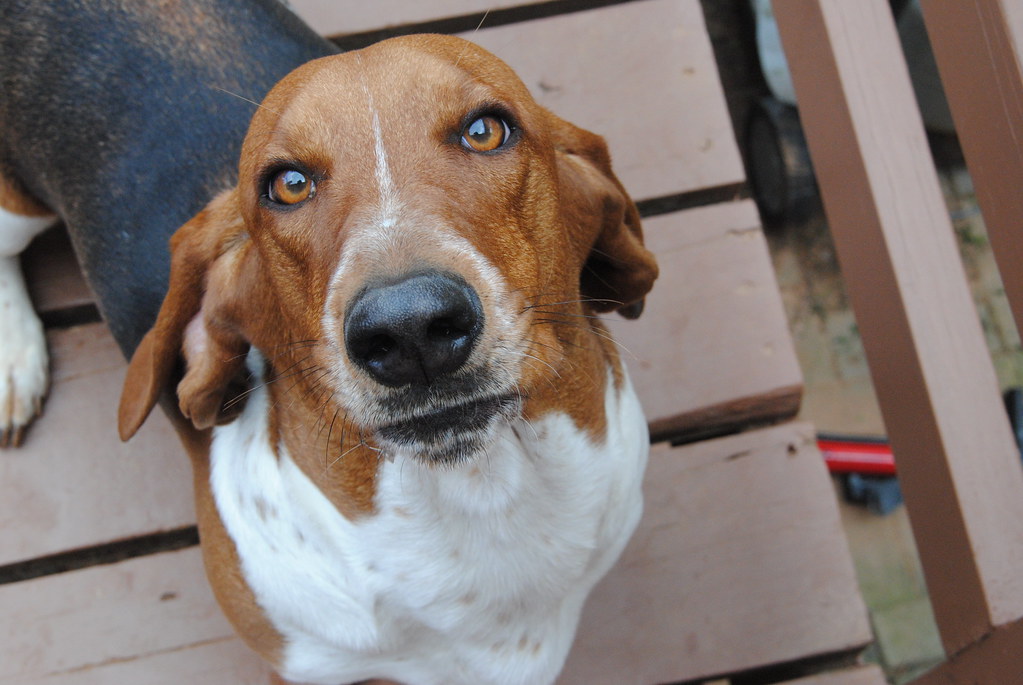
Bassets have big, floppy ears that can drag on the ground. This makes them more likely to get ear infections, including ear mites. If your Basset has an ear infection—you’ll see similar signs to what you’d notice with a skin infection in people. Their ear canals might look red, warm, or swollen, sometimes with wet or dark gunk inside.
Shar-Pei
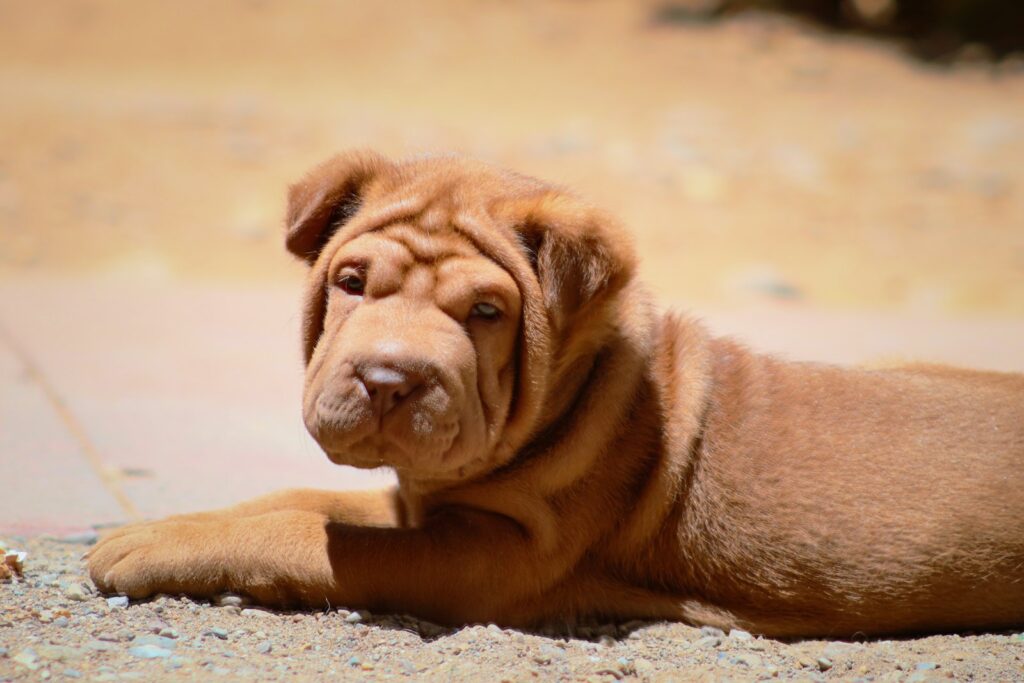
A unique characteristic of the Shar Pei breed is their ears. Naturally small with tight ear flaps, their ear design can lead to issues in the ear canal, and many Shar Peis end up dealing with infections or cankers. If you see your Shar Pei tilting or shaking his head or scratching the area around his ear, it may mean he’s suffering from an ear infection.
Labradoodle
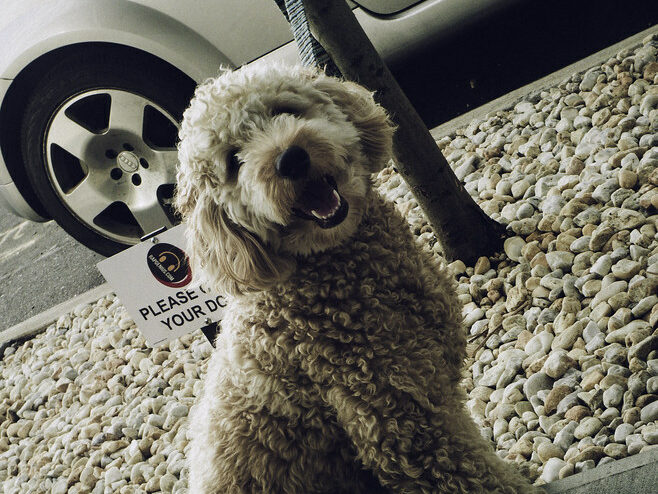
Labradoodles have picked up their floppy ears from both parent breeds—Labrador Retrievers and Poodles. While this trait makes them super cute, it also creates a cozy spot for bacteria or yeast to thrive due to poor airflow, which can lead to ear infections. If you catch a strong smell coming from your Labradoodle’s ears, it’s usually a pretty clear sign that something’s off.
Beagle

Beagles are loved for their long, floppy ears, but those ears need some extra care. Since they cover the ear opening completely, airflow in the ear canal is pretty limited. This creates a damp, dark spot that lets bacteria and yeast grow, which can lead to an ear infection. But if you spot the signs early (tilting or shaking head, red ears, nasty smell), you can control the disease.
Golden Retriever

Golden retrievers, with those cute floppy ears, are sadly prone to ear infections. These friendly pups have ear canals that tend to trap moisture and gather debris, making it a great environment for bacteria and yeast to grow. And when bacteria and yeast show up, you can definitely expect a nasty ear infection to follow.
English Bulldog
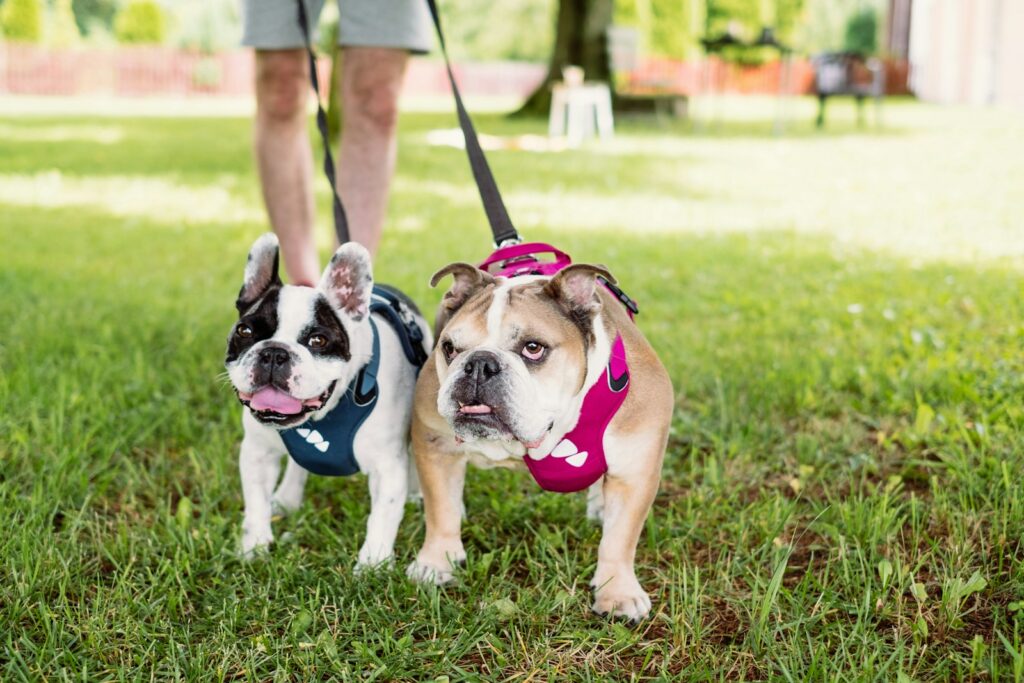
English Bulldogs have a pretty narrow ear canal because of their facial shape. This narrowness can easily trap moisture, debris, and bacteria. The dark and damp environment is just right for infections and inflammation to set in! Those cute wrinkles and folds we love can also let infection-causing bacteria sneak into the ear area!
Cavoodle

Just like any other breed on our list, cavoodles are prone to infections. But they’re especially sensitive to them because of those long, floppy ears. If your Cavoodle has some kind of ear infection, you’ll see him tilting his head or scratching his ears. He may also have some discharge coming out from his ears.
Pug

Pugs are prone to skin allergies and ear infections, and these issues can start popping up as early as 1 year old. Because Pugs have narrow ear canals and those deep skin folds on their faces, they can easily collect debris and bacteria. It’s super important to clean and dry the skin folds around your pup’s face daily and to clean your dog’s ears regularly to help prevent inflammation.
Labrador Retriever

Labrador Retrievers can get ear infections for a lot of reasons. First off, they have floppy ears that can trap moisture and wax, leading to inflammation and infection in the ear canal. And since most labs love water and swimming, any water that gets into their ears during a swim or bath can also lead to ear disease.
Pit Bull
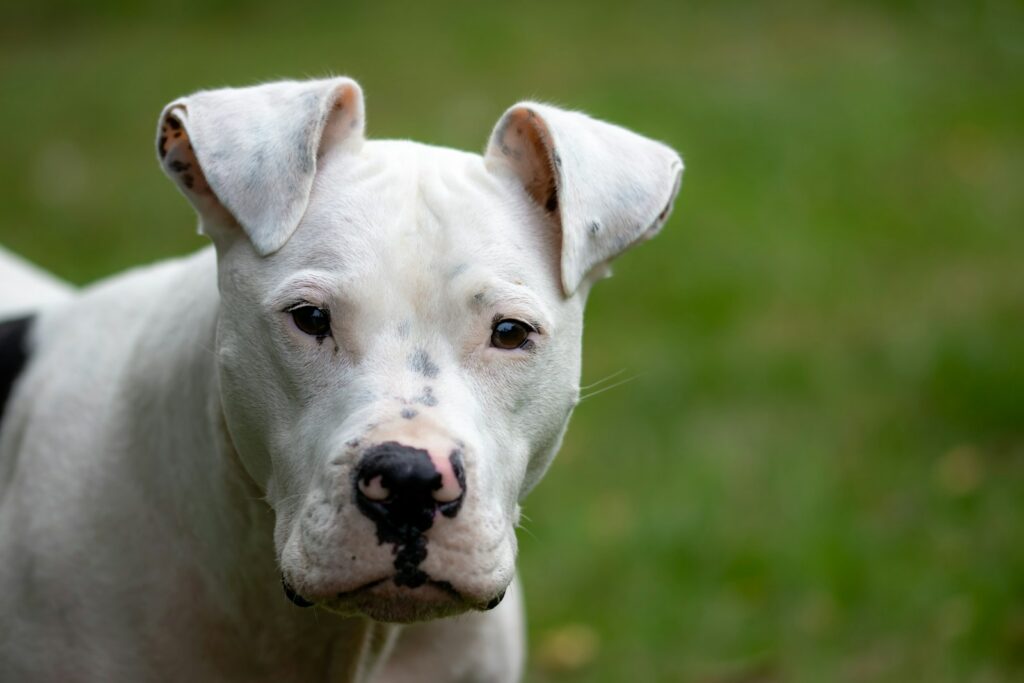
Pit Bulls can end up with ear infections because of bacteria and yeast buildup in their warm, moist ear canals. Keeping their ears clean is important to clear out dirt, wax, and gunk that can pile up. Regularly check your Pit Bull’s ears for any kind of redness, swelling, discharge, or nasty smells—as these can mean an ear infection.
Poodle
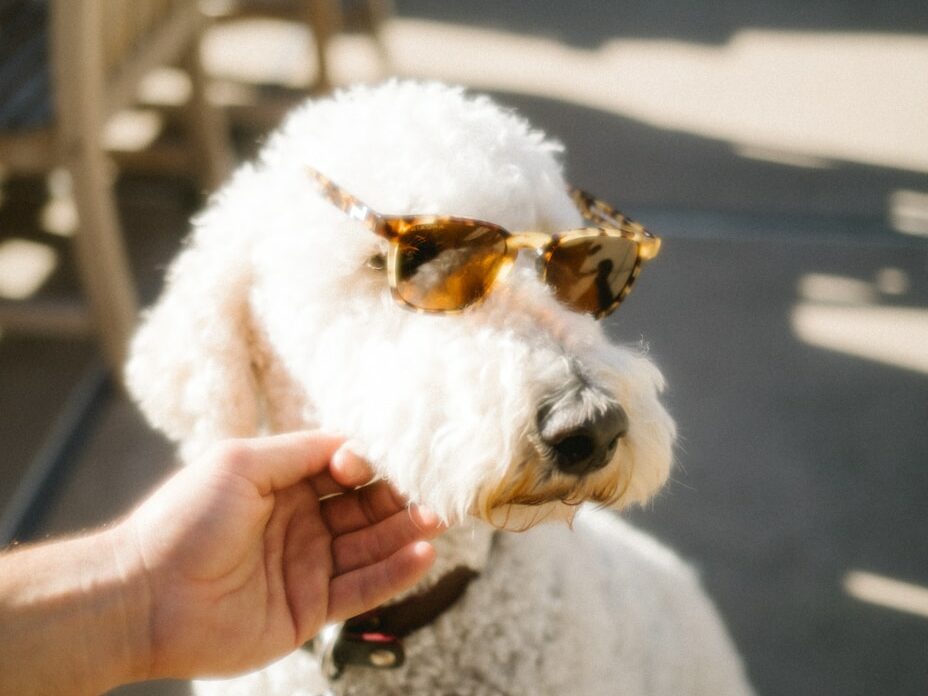
A poodle’s floppy, fluffy ears can make them more likely to get ear infections. Poodles often have hair inside their ear canals and around their eyes. Infections can pop up when the natural balance of yeast and bacteria in the ear gets thrown off or when there’s too much moisture.
Cocker Spaniel

Cocker Spaniels can get ear infections due to their long, floppy ears and silky fur. But that’s not it. This breed can get infections more frequently than other breeds, which is why you need to look at these symptoms—shaking their head, rubbing and scratching at their ears. You’ll also catch a whiff of a nasty smell near your pop’s ear.
Bichon Frise
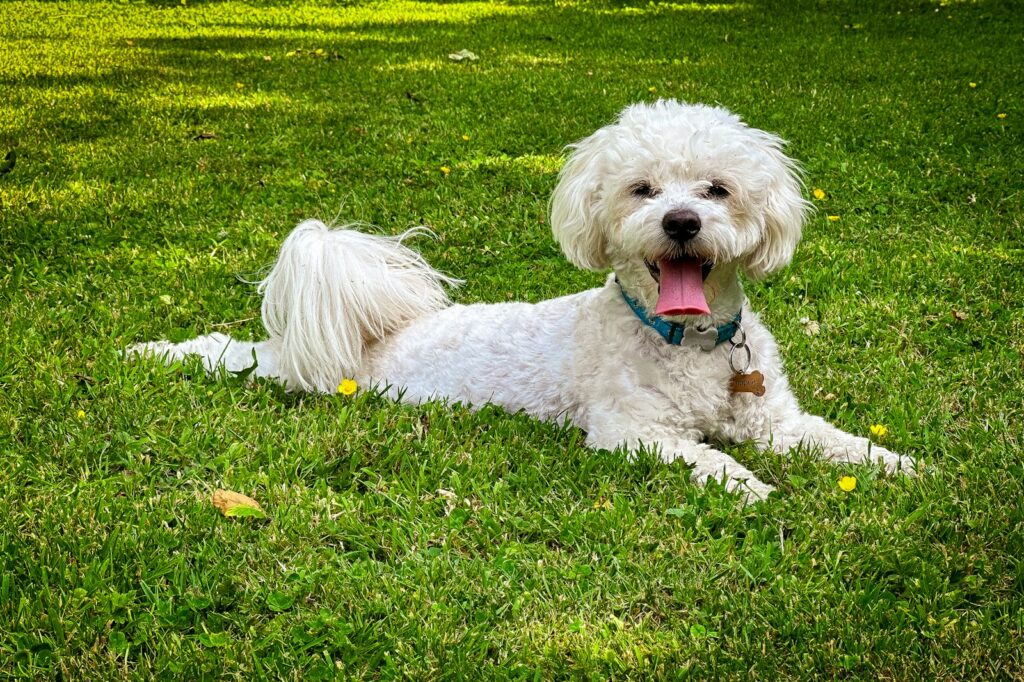
Bichon Frise puppies are notorious for dealing with skin issues like ear infections. While these infections are pretty common in all dogs, you’ll want to keep a close eye on your little buddy. Most of the time, ear infections can be handled with a medicated cleanser your vet gives you. As a way to prevent them—just make sure you keep your pup’s ears as dry as possible.
Lhasa Apso
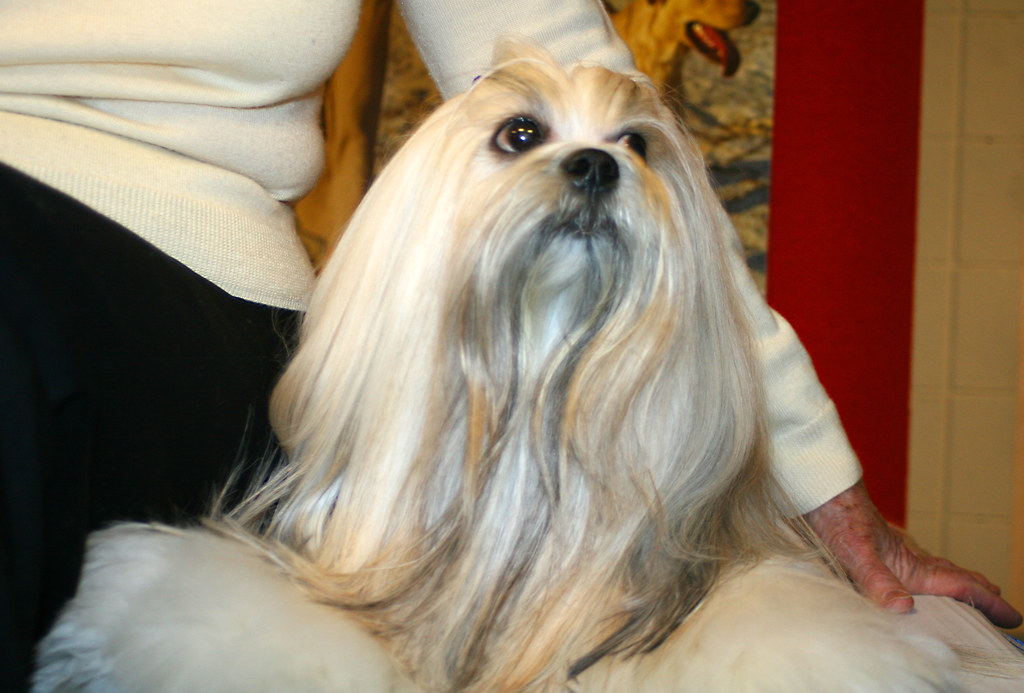
Wondering why your Lhasa Apso keeps getting ear infections? Floppy-eared dogs often have issues with infections because the ear flap and the hair inside trap moisture, creating a great breeding ground for fungi and bacteria. But Lhasa Apsos aren’t necessarily more prone to ear infections than other breeds. Things like allergies or a weak immune system mainly cause health problems in this breed.
Cockapoo
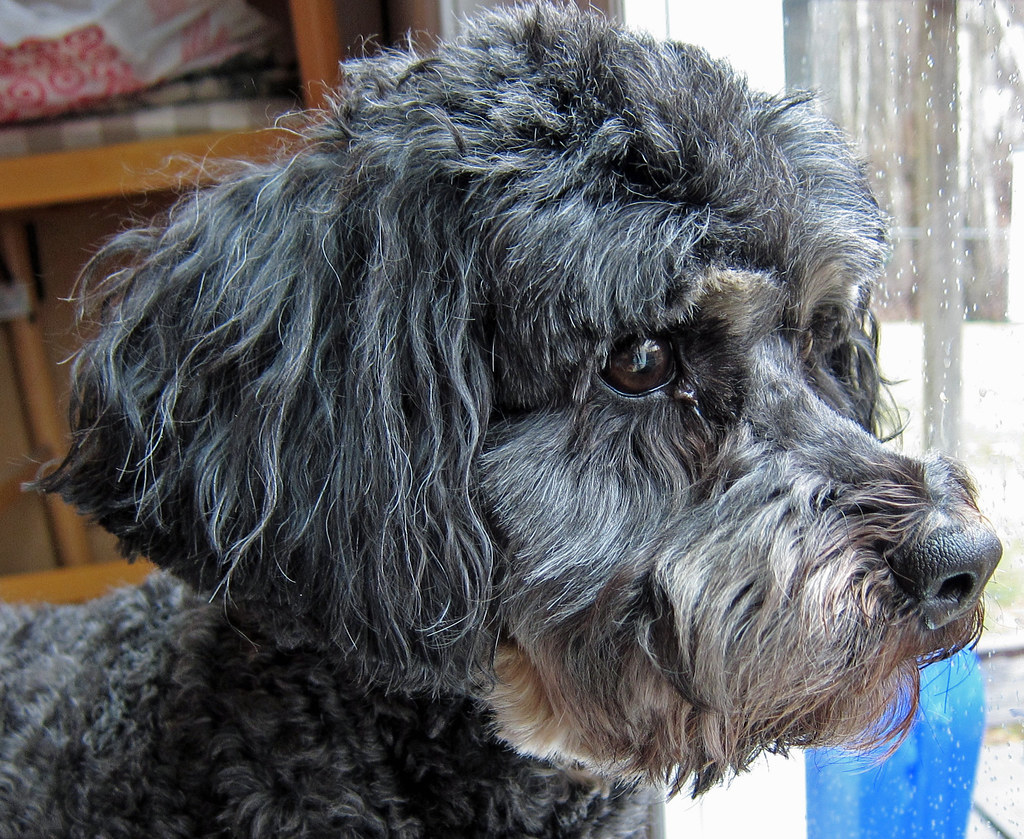
Because of their adorable floppy ears, cockapoos are prone to ear infections. Moisture, debris, and trapped dirt can create a perfect spot for bacteria or yeast to thrive, which leads to irritation and discomfort. If you notice your cockapoo scratching its ears or shaking its head, or if you catch a whiff of a really stinky smell—get it checked out ASAP.





